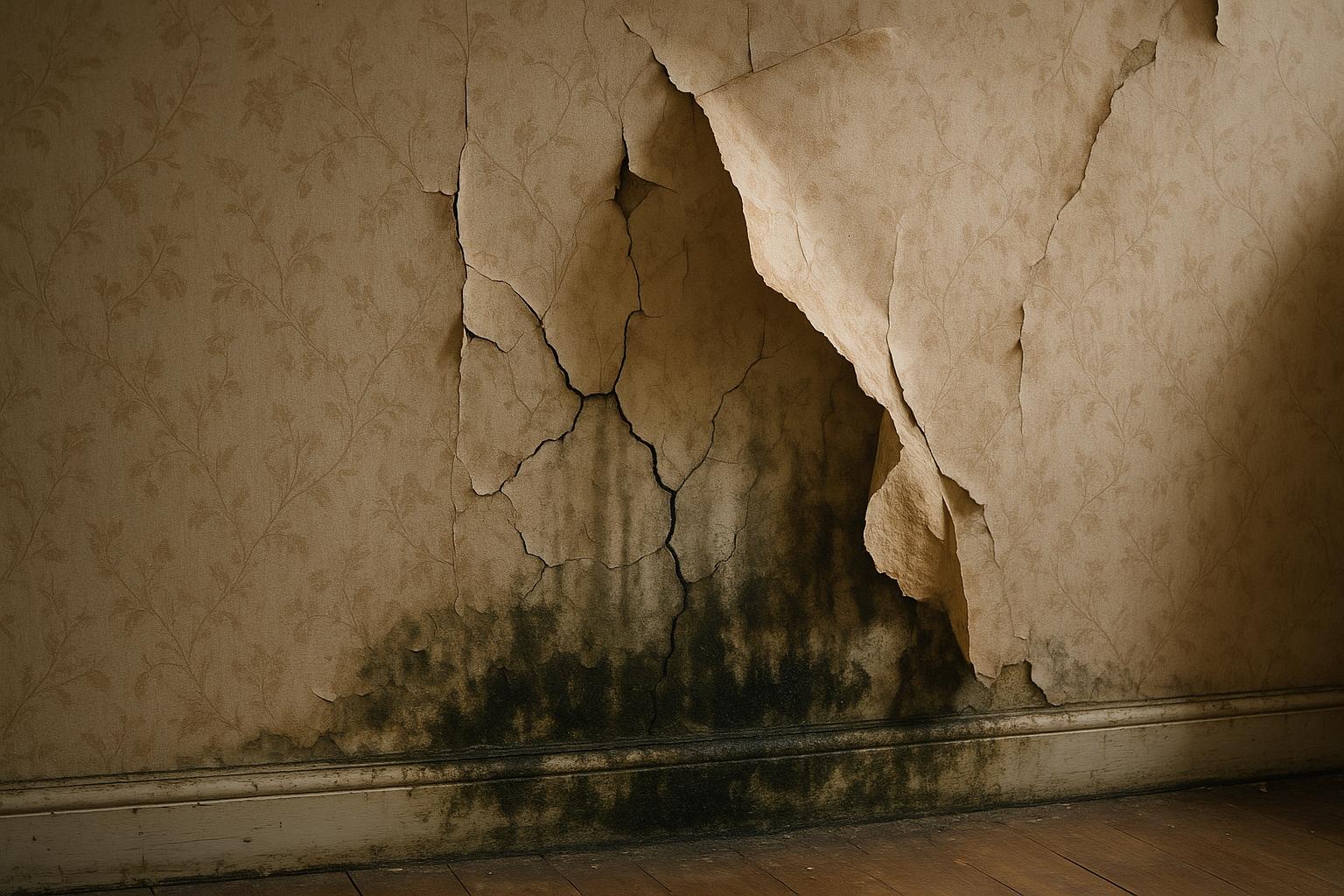A family in South London endured living in a two-bedroom flat plagued by severe damp and mould problems for over seven months, an ordeal that only ended following a critical Housing Ombudsman investigation into Lewisham Council’s handling of their complaints. The Ombudsman found that Lewisham Council had failed to follow its own vulnerable resident policies and had shown a lack of urgency in addressing the housing issues despite repeated reports from the family, which included five children. Furthermore, the council neglected to communicate repair plans or timelines to the residents, leaving them in prolonged distress.
A Lewisham Council spokesperson acknowledged these failings, stating they have assigned a dedicated officer to support the family and are working to provide a clear schedule of remedial works until the problems are fully resolved. The local authority also highlighted efforts to improve repair processes and information management following the return of housing services under the council’s control in October 2023. They emphasised taking their responsibilities under the recently introduced Awaab’s Law "extremely seriously," alongside new policies and system redesigns to better address damp and mould issues.
Awaab’s Law, which came into force on 27 October 2025, arose from the tragic death of Awaab Ishak, a two-year-old boy who died from respiratory illness caused by prolonged exposure to severe mould in his family’s social housing in Manchester. This legislation now obliges social landlords to respond swiftly to serious damp and mould complaints—investigating hazards within a fixed period, addressing emergency dangers within 24 hours, and completing repairs within set timeframes. If immediate repairs cannot be completed, landlords must provide suitable alternative accommodation at their expense. The law also offers tenants clear documentation rights, protection from retaliation, and avenues to escalate unresolved issues to the Housing Ombudsman.
The Housing Ombudsman report highlighted systemic failings not limited to Lewisham Council. Cases described included homes with wet carpets, mushrooms growing on walls, and even water running down a child's bedroom wall during rain. These lengthy delays and inadequate responses frequently coincided with residents reporting worsening health conditions, such as asthma and fungal infections. Ombudsman Richard Blakeway noted that problems often persisted for months or, in some instances, years without adequate landlord intervention—far from the swift action mandated under Awaab’s Law.
Specifically in Lewisham, the council’s response to initial water leaks was inconsistent and poorly monitored. Despite multiple residents in the same block reporting leaks, only the roof was inspected, and a promised damp and mould inspection never took place. Discrepancies in council records further muddled the cause of the damp, contributing to inaction. At the time of the investigation, the family continued to live with the mould, with no initial timeline for repairs provided by the council until the Ombudsman mandated a clear plan of action.
Additional scrutiny of Lewisham Council’s maintenance record revealed broader issues. Separate reports of severe maladministration included unresolved sewerage leaks lasting 11 months under similar emergency repair categorisation and instances where the council failed to act within reasonable timescales or mismanaged repairs, even invalidating guarantees on building work and incorrectly charging residents.
The introduction of Awaab’s Law aims to prevent such failures going forward by enforcing statutory response times for social landlords. It requires investigations within 10 to 14 working days, written reports, and urgent repairs commencing within 24 hours to seven days depending on severity. If homes cannot be made safe, landlords must provide alternative accommodation. These measures intend to create safer living environments and significantly improve landlord accountability, with penalties for non-compliance reached up to £40,000 for severe breaches.
The Lewisham case thus serves as a stark reminder of the human cost when housing providers fail vulnerable residents, particularly children. It underscores the transformative ambition of Awaab’s Law to eliminate preventable health hazards related to damp and mould in social housing, ensuring timely interventions and transparent communication. Council efforts to redesign their repair services reflect a necessary shift to uphold the law’s standards and regain resident trust.
📌 Reference Map:
- Paragraph 1 – [1] (MyLondon)
- Paragraph 2 – [1] (MyLondon)
- Paragraph 3 – [1] (MyLondon), [2] (Ideal Home)
- Paragraph 4 – [1] (MyLondon), [3] (Gov.uk), [4] (Titon)
- Paragraph 5 – [1] (MyLondon), [6] (Housing Ombudsman)
- Paragraph 6 – [1] (MyLondon), [7] (Housing Ombudsman)
- Paragraph 7 – [2] (Ideal Home), [3] (Gov.uk), [4] (Titon), [5] (AskPorter)
- Paragraph 8 – [1] (MyLondon), [2] (Ideal Home)
Source: Noah Wire Services
